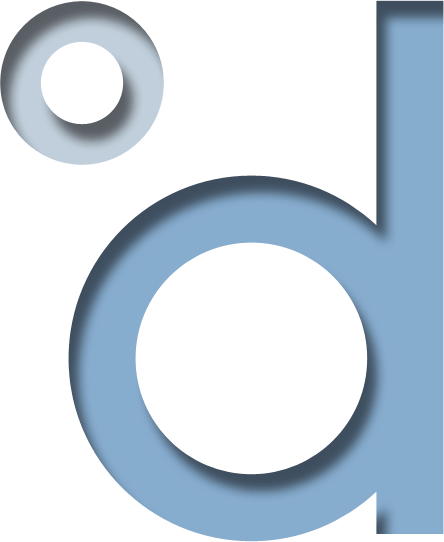°Design °Innovation °Efficiency
That is, all our drawings, models, sketches, communication—everything—is licensed under a copyleft, open source license. In a highly connected world, when the content is free and unencumbered, it can evolve in highly unexpected and innovative ways. And with the share-alike attribute of a typical copyleft license, the originating authors can then in turn benefit from the mindshare of the contributing authors down the line and vice versa.
Also, more often than not, the content is the conduit by which other authors (professionals) find each other–and in the end, often team up on future projects and collaborations. (See Specialize, Specialize, Specialize below)
Furthermore, project-wise, by open sourcing our content, other parties in the supply chain (engineers, subcontractors, fabricators, etc.) do not have to waste their time redrawing everything from scratch. Less wasted time = more savings.
Also, as long as attribution and share-alike are honored, our clients are free to reuse our blueprints and construction documents to redevelopment the same project in different locations.
Lastly, this approach demonstrates our value as architects/engineers is not in the set of drawings we hand over at the end of the day, but instead rests solely on the knowledge and the process it took to get there.

That is, during the development of any one project, all team communication and content is hosted publicly. From a project’s perspective, since everything is review-able by each member of the team, communication that would be lost behind private emails, can now be made privy to those that should have been made aware to begin with–in the end, less details missed.
Also, by reviewing the logs of past communication, new team members, can easily be brought up to speed on how decisions were made, and why they were made.
Furthermore, interestingly enough, because all communication is publicly review-able and scrutinized, the team’s communication is typically more deliberate, honest, and thorough.
Another fringe benefit of sharing all the content/communication publicly is our ability to find, network, and work with other interested professionals/consultants that might be following the project out of interest. Very much like what the internet has done for the goods, this way of working allows us to tap into the ‘long tale’ of services, as well.

We believe a lot of value is lost when contractor(s) do not play a key role in the design process. When compared with other industries, automotive and aerospace in particular, the architecture industry has an unusual and artificial divide between the design and the construction sides of the equation.
When brought in early in the design phase, contractor(s) can play a crucial part in value engineering the project at a time when it has the most impact cost-wise. Unlike the typical, post-design, value engineering that usually compromises the integrity of the design.
Although this front-loading of expertise is more expensive, we have found it saves more time and money down the line.
BUILD
We believe the use of proprietary formats(BIM/CAD) only hinders downstream (and upstream) use. Digital content should flow, unimpeded through the duration of a project.
For example when an architect wants to share a background BIM/CAD file with a structural engineer who uses different software, it’s impossible if the software does not embrace openBIM standards.
We believe, when you hinder where your content can go, you hinder who you can work with, which ultimately restricts options, and thus realizing possible innovations and efficiencies down the line.
Like any industry, productivity gains are largely due to technology adoption. For whatever reason, the construction industry is notoriously slow adopting new technology–on average, 5 to 10 years behind.
To help accelerate the adoption, OpeningDesign makes a concentrated effort to seek out contractors/collaborators (no matter where they live in the world) who take priority in pushing the technology envelope.
This allows us to explore the cutting edge approaches to technologies and processes–in the end, benefiting our client.

Partly due to our education as generalists, we believe architects often get it wrong by thinking they can ‘do it all’. When compared to other professions, the spectrum of specialists in any one firm is surprisingly narrow in the architecture industry. As a result, we feel a lot of details fall through the cracks—especially as buildings have become increasingly more complicated over the years.
At OpeningDesign we make it a point, even for our smallest jobs, to consult and work with a wide array of specialists. Ironically, by pushing more work out to those most qualified to do the job, everyone gains in the end–not just the client.

